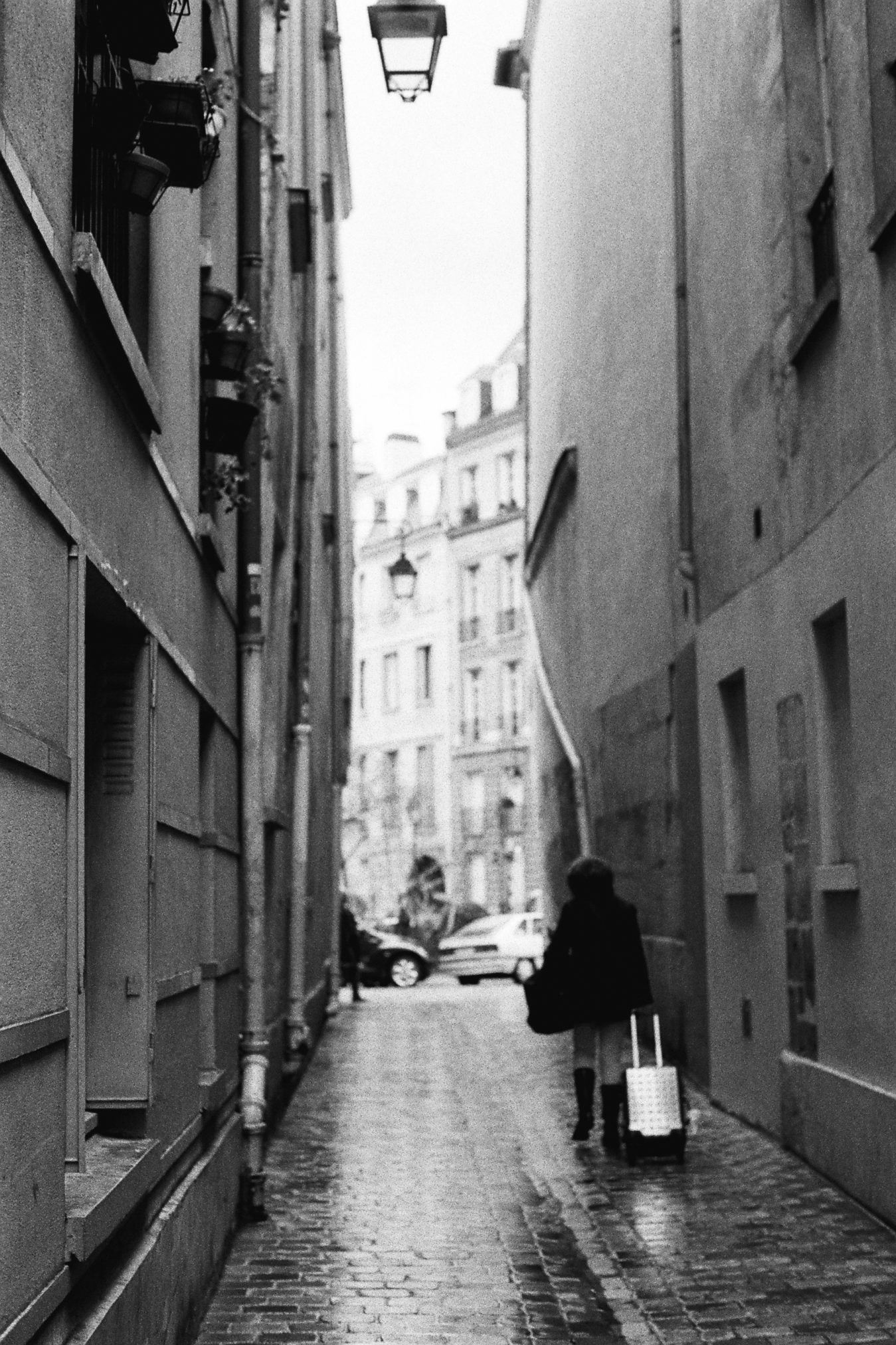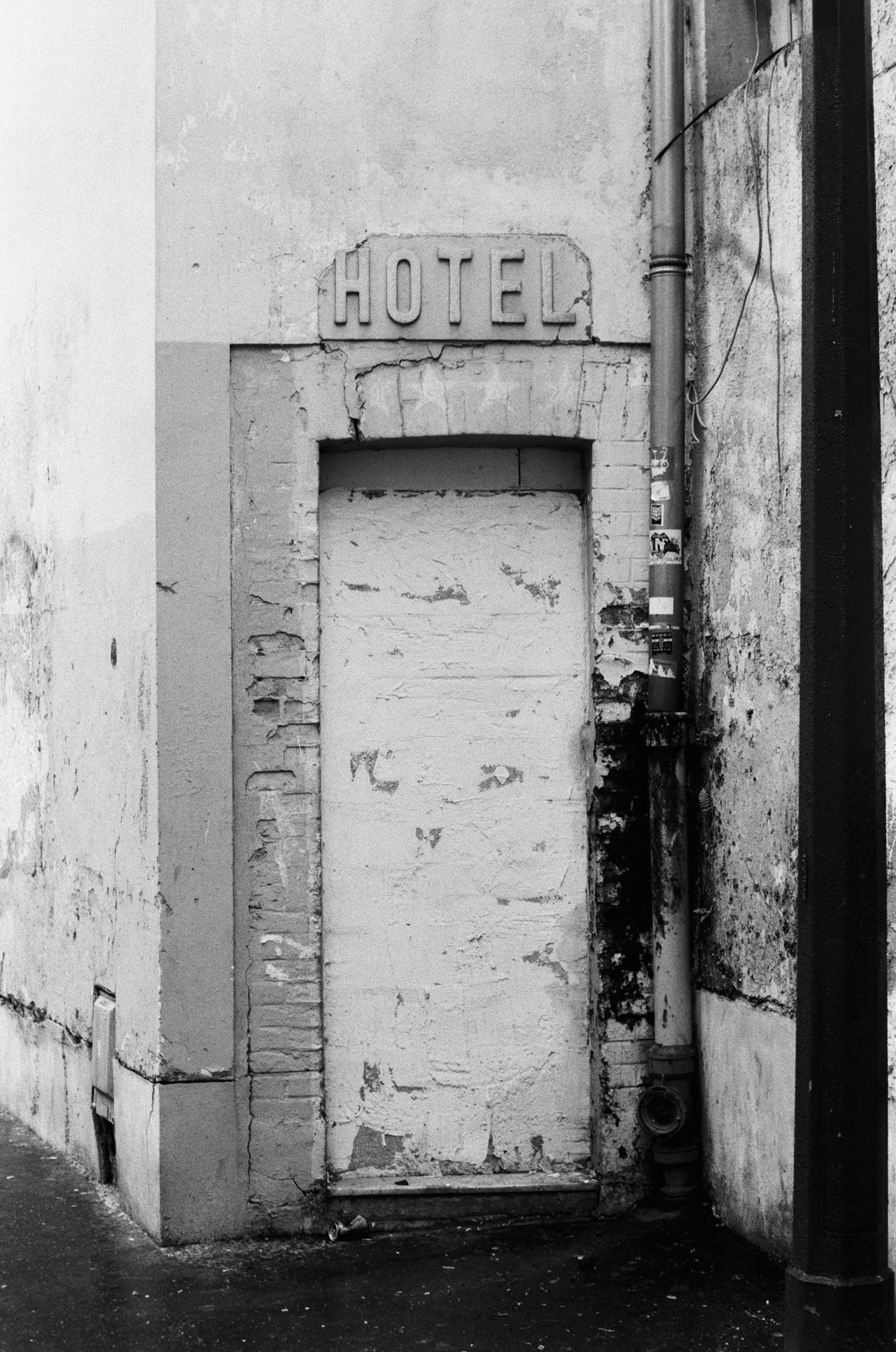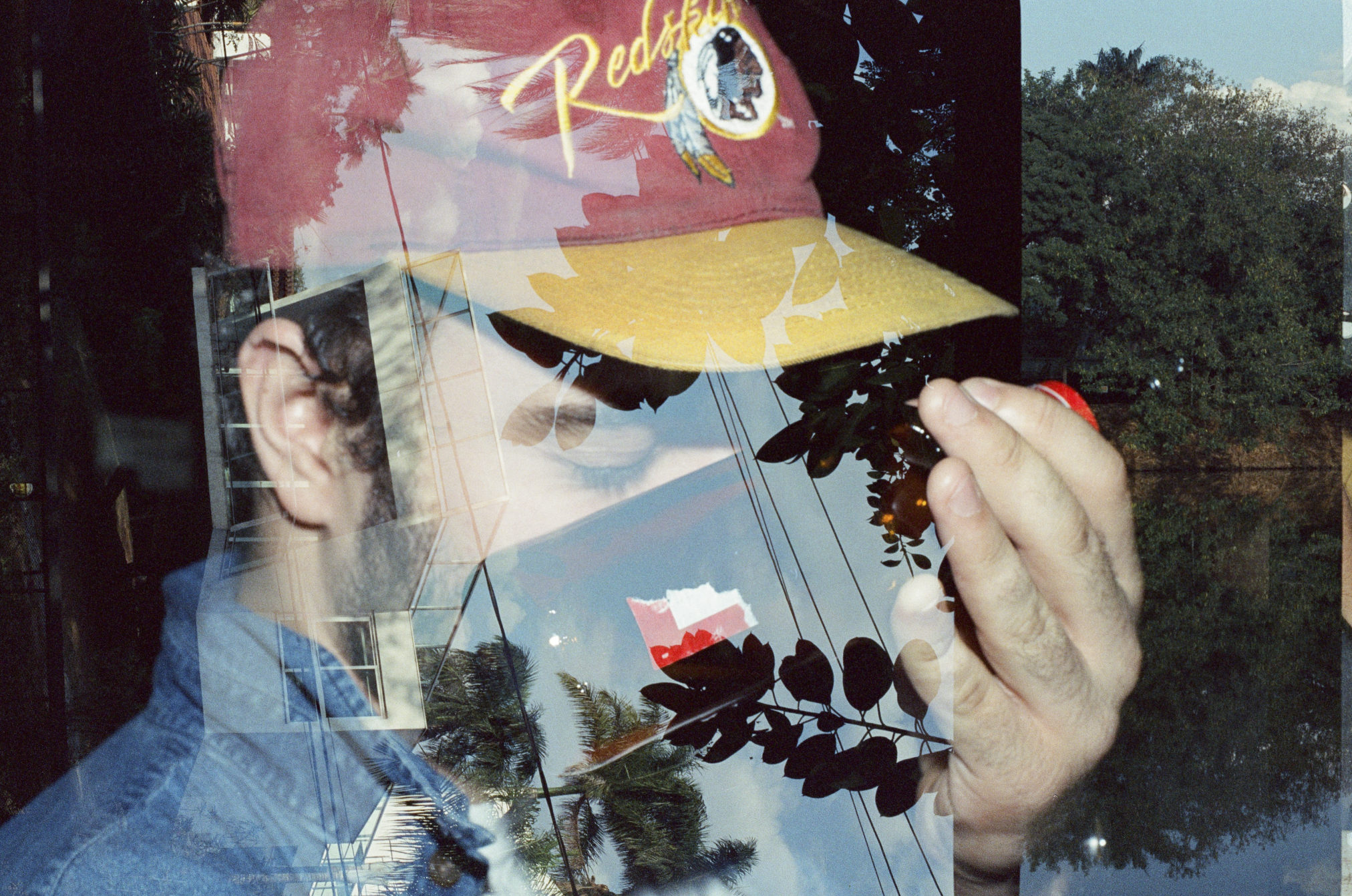XVI SHCU – critical update
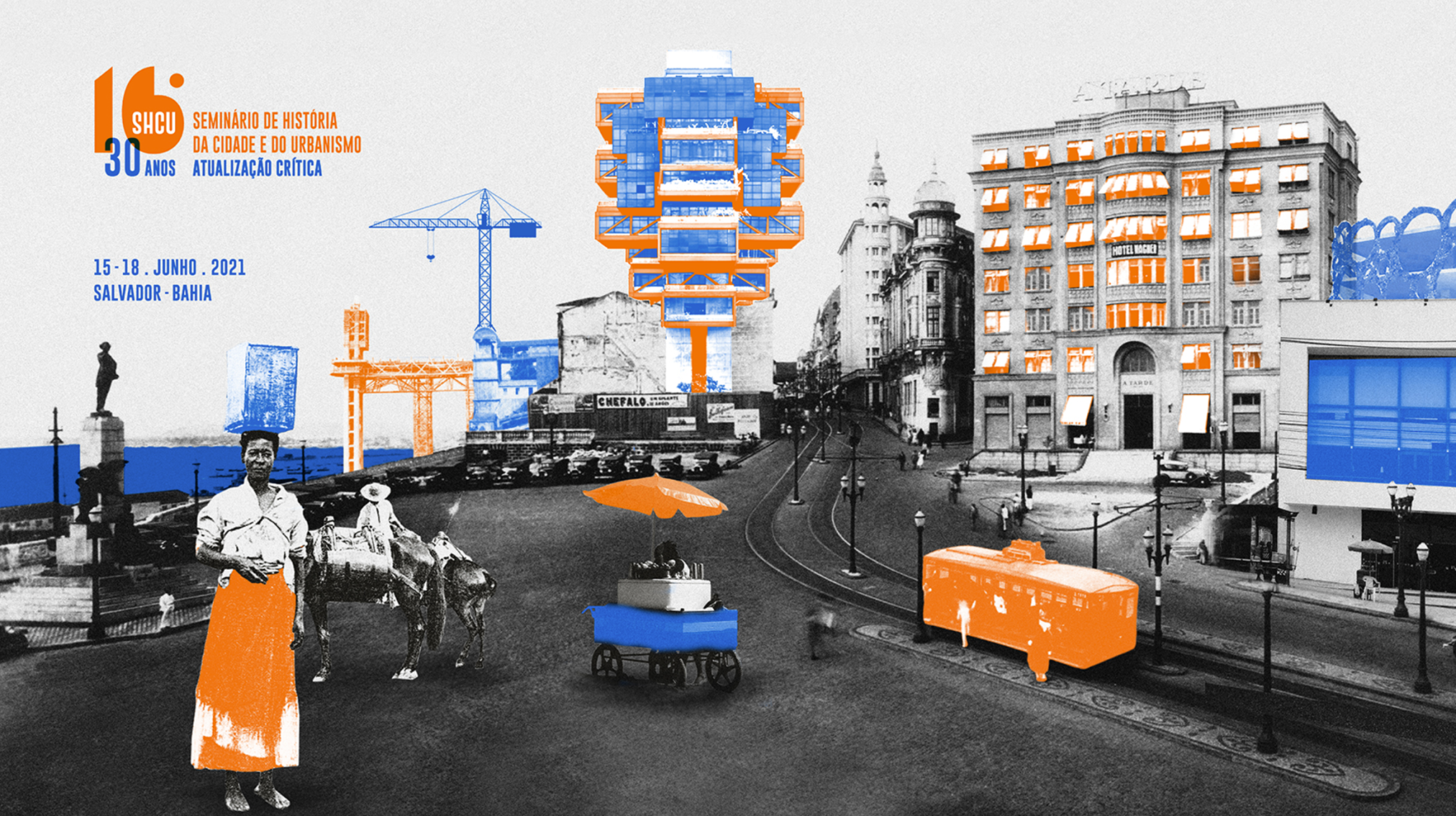
I had the honor of participating in the 16th edition of the Seminar on the History of the City and Urbanism, held between June 15th and 18th, 2021, thirty years after the 1st Seminar on Urban History. The event was organized by the Post Graduate Program of the School of Architecture at UFBA, which hosted the seminar for the fourth time (1990, 1993, and 2002).
There were two thematic sessions: one on the first day of the event, entitled “Immanent Critique, Empirical Approaches, and Temporalities – On Some Themes of Historiography and Urban Theory,” coordinated by Professor Rita Velloso (EA/UFMG); and another on the second day, entitled “The Other September 7th,” coordinated by my colleague Maria Isabel Rocha.
Initially, for the first session, I intended to propose a debate on the disputes surrounding public space, both from a material and intellectual perspective. However, as time went on, I decided to step back a little and highlight some points related to the movement we make in the appropriation of historical documents as isolated objects, and the consequent narrowing of the plurality of narratives about topics related to the history of the urban. My presentation advanced towards the intellectual perspective of our research practices and raised points such as Eurocentrism, the notion of a model, the concept of an idea out of place, the notion of the periphery, and the importance of problematizing the instrumentalization of memory as an exercise in inventing the future, which relies heavily on narratives of development and progress as a major resource.
The title of my presentation was “Writing History as an Invention of the Future – Some Critical Observations on the Disputes over Public Space,” and the recording of the session can be accessed on YouTube via the following link: https://www.youtube.com/watch?v=fY_l_Yv9Hz4&t=5733s
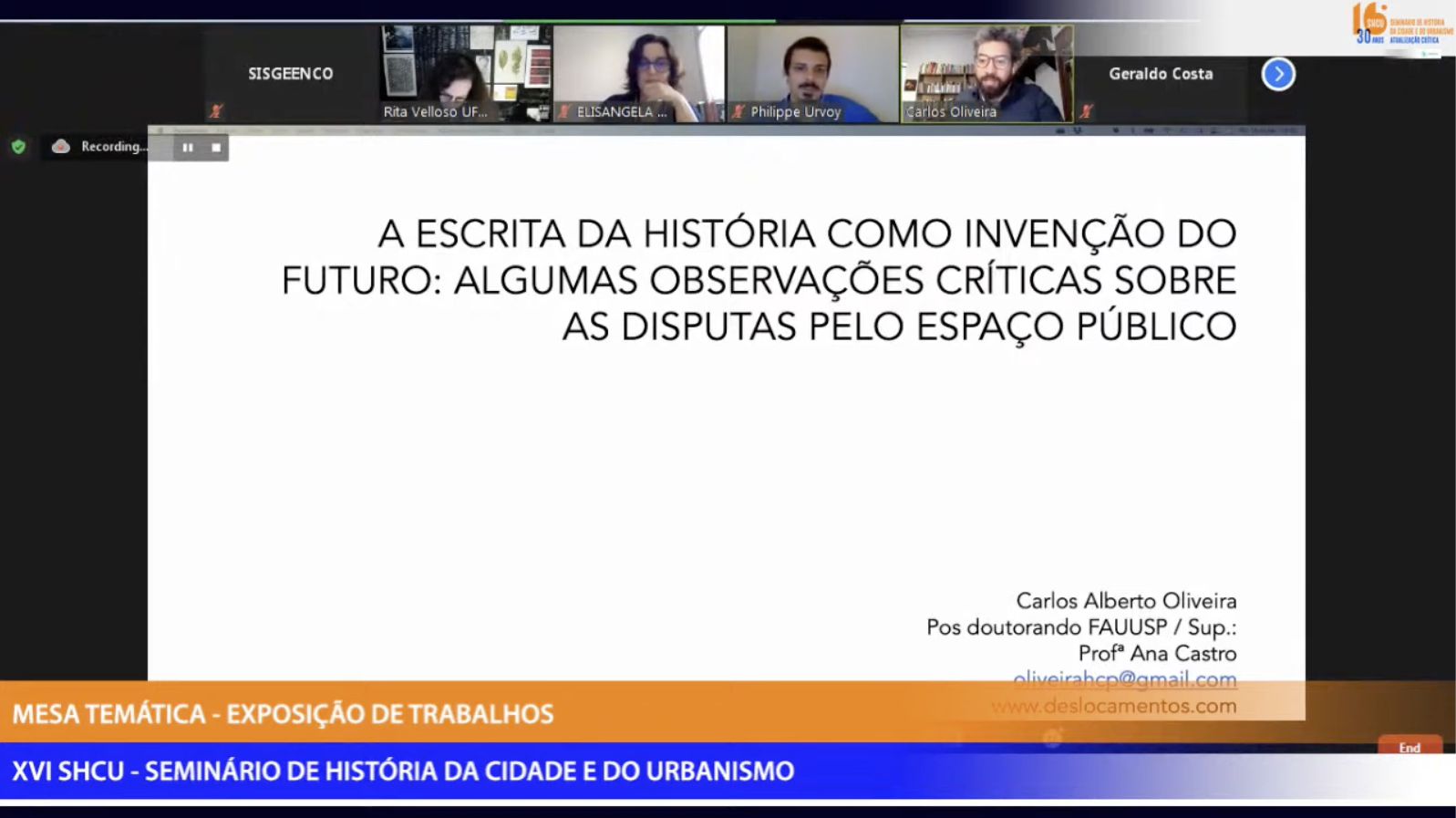
For the second session, I proposed to present a synthesis of an important part of my master’s research, conducted between 2010 and 2013 at the State University of Campinas, under the guidance of Professor Stella Bresciani. In my research, titled “The New Capital in Motion: The Reconfiguration of Public Spaces in Belo Horizonte,” I addressed the variation in the number of public squares based on the plan proposed by engineer Aarão Reis, and throughout the first three decades of the capital. I also identified and analyzed the conflict between the categories of square, landscaped square, parks, and gardens in the various discourses about the city, in order to understand their impact on the process of reconfiguring public spaces within the proposed period. In my presentation, I emphasized the dynamics of assigning value to public spaces based on their categorization and conceptualization.
The title of my presentation was “Republican Ambitions and Social Disputes: Praça Sete de Setembro and the Reconfiguration of Public Spaces in Belo Horizonte,” and the recording of the session can be accessed through the following link: https://www.youtube.com/watch?v=muJyPbCjCzM

Art, Architecture, and Urban Expansion in Belo Horizonte in the 1940s: A Reading from the Pampulha Works Album
In March of this year (2021), I participated in the 6th Meeting of the National Association for Research and Graduate Studies in Architecture and Urbanism (VI ENANPARQ), which is a biennial meeting held by professors, researchers, and graduate and undergraduate students working in the field of Architecture and Urbanism. In this particular edition, International Dialogues were incorporated to substantiate the theme “Liminality: processes and practices in Architecture and Urbanism,” bringing to the meeting the exchange of actions and foreign experiences, especially from Latin America.
The VI ENANPARQ was supposed to take place in Brasília (DF) from October 12th to 16th, 2020. However, due to the COVID-19 pandemic and the consecutive restrictive measures and current uncertain scenarios, the event organizers, in conjunction with the ANPARQ board, decided to postpone the event to March 1st to 5th, 2021 (in a 100% virtual format), with a preparatory event called the “Virtual Seminar – Liminality: processes and practices in Architecture and Urbanism” held from October 13th to 16th, 2020 (in a virtual format).
It was the first fully virtual event I attended, and I consider the experience to be very positive.
I participated in the thematic session “Archives, publications, curating: a new historiographic agenda” organized by professors Eduardo Augusto Costa and Ana Claudia Veiga de Castro from FAUUSP. The session was organized under the thematic axis 2, “History, historiography, and critique,” with the aim of exploring the history of the built environment as a critical operation, focusing on new possibilities for constructing narratives that, in the face of canonical works, are oriented towards the revision of periodizations, conceptual frameworks, geographical delimitations, and cultural exchanges in order to reassess the temporality and historicization of theories and manifestos and ensure the inclusion of marginalized social groups and objects.


My presentation titled Art, Architecture, and Urban Expansion in Belo Horizonte in the 1940s: A Reading from the Pampulha Works Album was an exploration of the context of urban expansion and verticalization in Belo Horizonte based on the publication of the Pampulha Works Album and the narrative effort surrounding modernization in the 1940s.
Dated 1944, the album was created by the Government to promote the creation of the Pampulha region, presented as a solution to the rapid growth of Belo Horizonte and as essential for the modernization of the still young city, which was 46 years old at the time. This material includes iconographic content of the entire architectural complex of Pampulha, presented by Juscelino Kubitschek, then mayor of the capital city, by Oscar Niemeyer, and by the American architect Philip L. Goodwin, who mentioned the existence of a certain “pedantry of international urban planners” when discussing the importance of promoting Brazilian cities abroad. In addition to being an important record of the diversification of urban conceptions in the 1940s, it also reflects the alignment of political interests in the state of Minas Gerais since Pampulha was part of a cultural promotion and mobilization movement initiated by Juscelino Kubitschek, which persisted from his tenure as mayor to his role as Governor of the State.
The proceedings of the event are available here, and my contribution can be read starting from page 215 of the PDF file.
The Reconfiguration of Public Spaces in Belo Horizonte
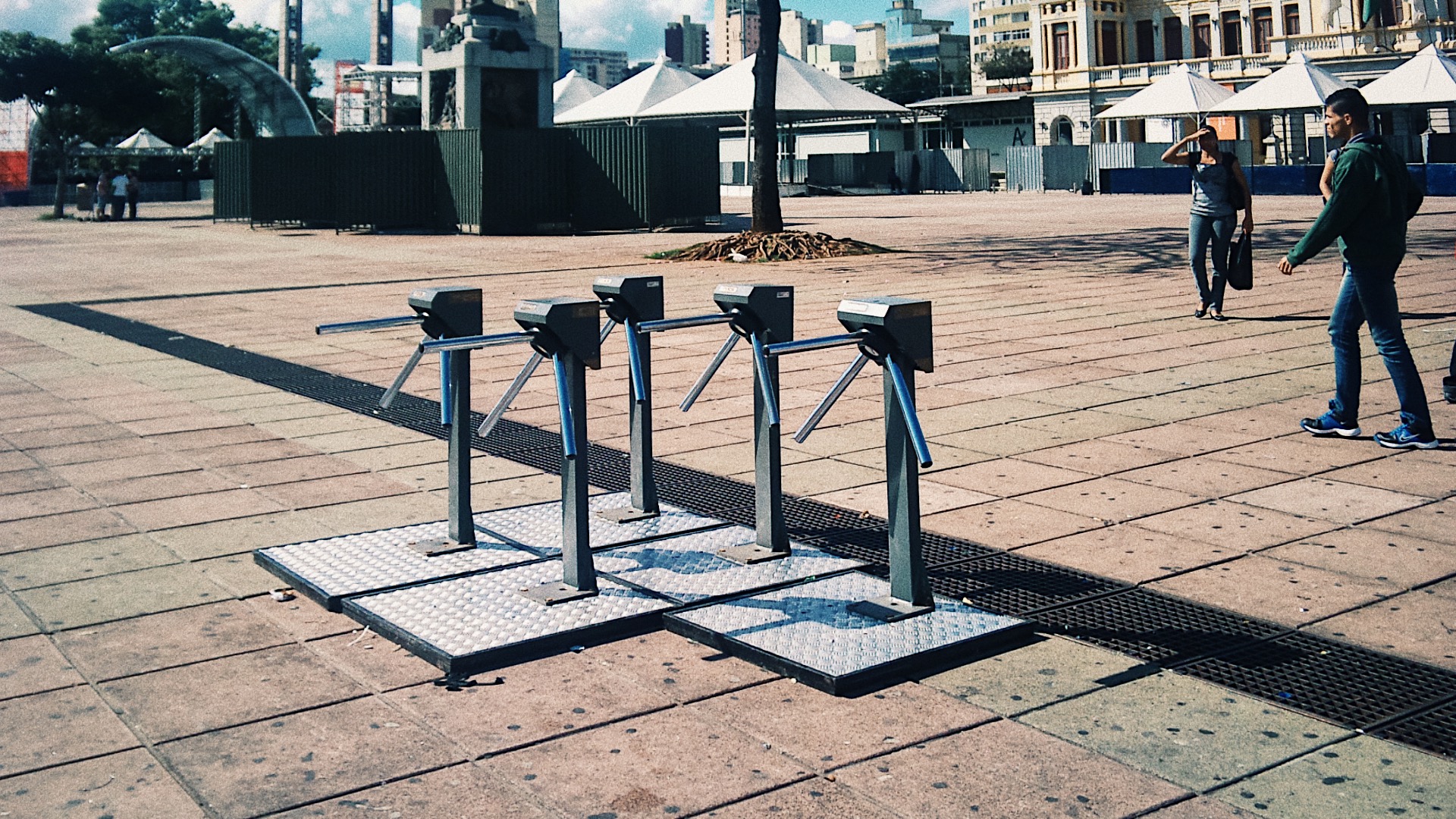
My dissertation titled “A New Capital in Motion: The Reconfiguration of Public Spaces in Belo Horizonte (1897-1930),” defended in August 2012 at Unicamp, is available for download on the Unicamp Digital Library. This work focuses on the transformations that occurred in public spaces and the notion of the public in Belo Horizonte between 1897 and 1930.
Actions that involve decrees restricting and controlling the use of public spaces have accompanied the reduction of these spaces to open areas without comfort and leisure amenities, favoring non-permanence and the flow of automobiles. The widening of streets and revitalization of spaces with stricter limits on sociability in the city is not a new phenomenon, nor is the reduction of squares that, with luck, are not transformed into parking lots.
The configuration, reconfiguration, and control of public spaces such as squares, which may seem less important today, is not an exclusive phenomenon of the recent history of the city of Belo Horizonte. Looking back to the past, one can see that the notion of the public has complicated urban spaces – as well as the notions of people and citizens – and that while today’s problems related to open spaces are not exactly the same as those of the past, understanding the foundations of the city in the last decade would require exploring the history of how a long-lasting disciplinary discourse regarding the configuration of urban spaces took place.
Download link: http://www.bibliotecadigital.unicamp.br/document/?code=000881522&fd=y
Colin Ward – a escola e a cidade
Em 2016 eu publiquei um pequeno texto no portal Vitruvius sobre Colin Ward (1924-2010), um importante anarquista britânico que se dedicou à educação, à infância e à cidade de uma maneira vigorosa e criativa, contribuindo no Reino Unido para uma visão mais aberta do complexo sistema de interseção entre a construção da autonomia, escola, espaço público, habitação e herança cultural.

Seus escritos e sua vida pública nos ajudam a entender por que ele permanece até hoje reconhecido como um dos pioneiros e entusiastas dos playgrounds, dos parques, da habitação social e das cooperativas e das ocupações. Inspirado por Peter Kropotkin (1842-1921), Ward defendeu o prevalecimento total das formas de organização horizontais e autônomas em detrimento da exclusão provenientes do autoritarismo nas organizações sociais. Foi um defensor da ocupação e da apropriação criativa e comunitária da cidade, dos squats, das escolas e de todo patrimônio industrial inglês. Muitos de seus escritos sobre a cidade abordam a juventude, a escola e a vida pública, enquanto seus escritos sobre a escola por diversas vezes abordaram a complexidade da cidade. Além de editor de revistas como a importante Anarchy, Ward foi técnico em arquitetura, professor em Wandsworth e editor do The Bulletin of Environmental Education. Ele também foi secretario de educação na Town and Country Planning Association, fundada em 1899 por Ebenezer Howard, conceptor e difusor da ideia de “Cidade Jardim”.
Publicações:
- Talking Green (2012)
- Autonomy, Solidarity, Possibility: The Colin Ward Reader (edited by Damian F. White and Chris Wilbert) (2011)
- Anarchism: A Very Short Introduction (2004)
- Cotters and Squatters: The Hidden History of Housing (2004)
- Talking Anarchy (with David Goodway) (2003)
- Sociable Cities: The Legacy of Ebenezer Howard (with Peter Hall) (1999)
- Reflected in Water: a Crisis of Social Responsibility (1997)
- Havens and Springboards: The Foyer Movement in Context (1997)
- Stamps: Designs For Anarchist Postage Stamps (illustrated by Clifford Harper) (1997)
- Talking to Architects (1996)
- New Town, Home Town (1993)
- Freedom to Go: After the Motor Age (1991)
- Influences: Voices of Creative Dissent (1991)
- Talking Houses: 10 Lectures (1990)
- Undermining the Central Line (with Ruth Rendell) (1989)
- Welcome, Thinner City: Urban Survival in the 1990s (1989)
- The Allotment: Its Landscape and Culture (with David Crouch) (1988)
- The Child in the Country (1988)
- A Decade of Anarchy (1961-1970) (1987)
- Chartres: the Making of a Miracle (1986)
- Goodnight Campers! The History of the British Holiday Camp (with Dennis Hardy) (1986)
- When We Build Again: Let’s Have Housing that Works! (1985)
- Arcadia for All: The Legacy of a Makeshift Landscape (with Dennis Hardy) (1984)
- The Child In The City (1978)
- Housing: An Anarchist Approach (1976)
- British School Buildings: Designs and Appraisals 1964-74 (1976)
- Tenants Take Over (1974)
- Utopia (1974)
- Vandalism (ed.) (1974)
- Anarchy in Action (1973)
- Streetwork: The Exploding School (with Anthony Fyson) (1973)
- Work (1972)
Para quem quiser começar a ler as publicações do autor, eu recomendo “Utopia” publicado pela Penguin em 1974. Foi por ele que eu comecei!
Segue o link para download
Émile Rouède, o correspondente de Ouro Preto

Publicado na Revista Urbana junto ao dossiê Cidade e Cultura Visual, o artigo “Émile Rouède, o correspondente de Ouro Preto” apresenta uma breve análise focada em passagens da trajetória de Émile Rouède no Brasil, especialmente durante o período em que esse esteve em Minas Gerais. Rouède foi pintor, jornalista, nascido na França em 1848 e falecido na cidade de Santos (São Paulo, Brasil) em 1908. Em Minas Gerais pintou vistas do antigo Curral Del Rei – demolido para a construção de Belo Horizonte – e escreveu sobre o processo de mudança da capital do estado. Foi entusiasta da República e da abolição da escravidão. Sua trajetória complexa e sua formação plural são congruentes com um indivíduo que transitou entre especialidades e meios técnicos aparentemente distantes. As fontes utilizadas foram os fragmentos da sua produção cultural no referido período.
O artigo pode ser acessado em https://periodicos.sbu.unicamp.br/ojs/index.php/urbana/article/view/8648571
Oliveira, C. A. (2017). Émile Rouède, o correspondente de Ouro Preto. URBANA: Revista Eletrônica Do Centro Interdisciplinar De Estudos Sobre a Cidade, 9(2), 335-353. https://doi.org/10.20396/urbana.v9i2.8648571
O labirinto de Rawet
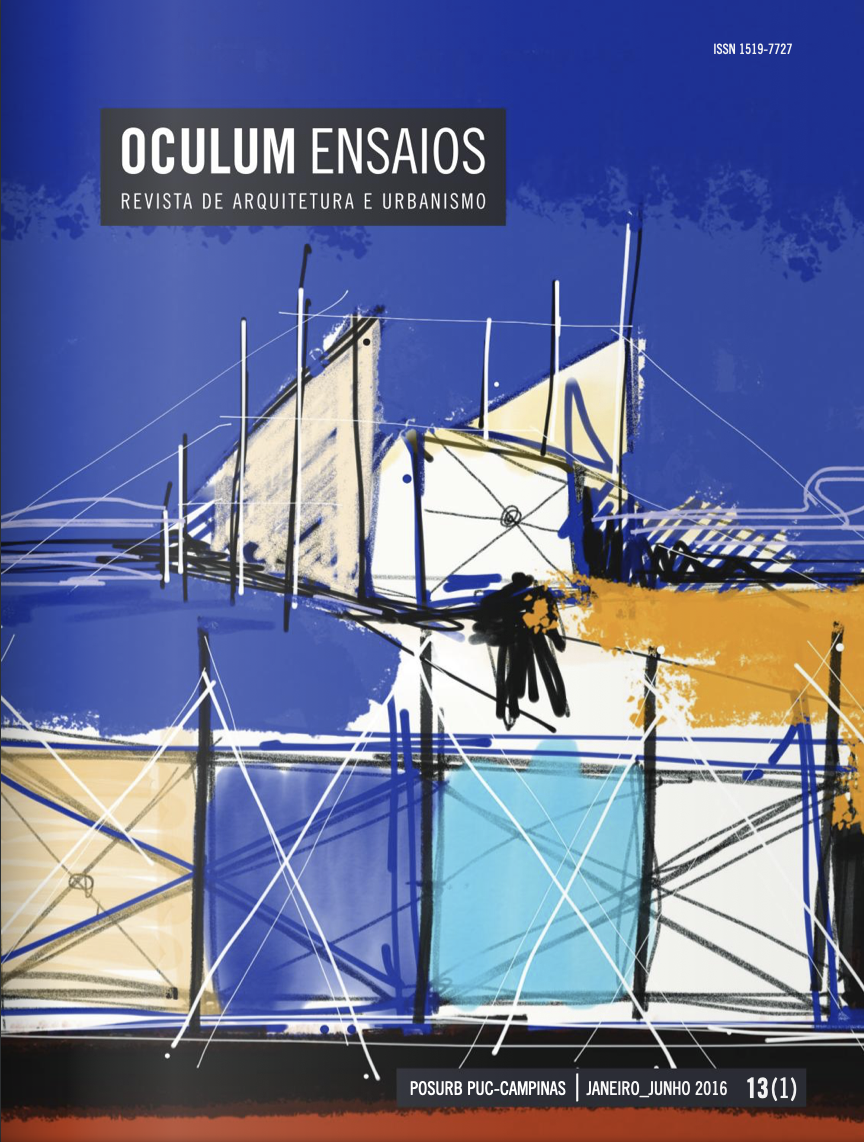
O artigo “Labirinto de Rawet” foi publicado em 2016 pela revista Oculum, apresentando a trajetória do engenheiro calculista e escritor Samuel Rawet, e a relação entre sua produção textual e os espaços urbanos, pouco abordada fora dos estudos literários. O ponto de partida para redação do artigo foi a assertiva de que as trajetórias individuais também podem ser cartografadas ou problematizadas historicamente em relação ao espaço e tomadas a partir da multifacetada dinâmica de apropriação e ressignificação do mesmo, sendo indivíduos e grupos seus agentes diretos.
O texto pode ser acessado em http://periodicos.puc-campinas.edu.br/seer/index.php/oculum/article/view/3340
Horizonte submerso

Fiz uma breve reflexão sobre as medidas de segurança implantadas pela Prefeitura de Belo Horizonte para minimizar os riscos no período de chuvas fortes.
O texto integral está disponível no Portal Vitruvius
The square in the center of the debate
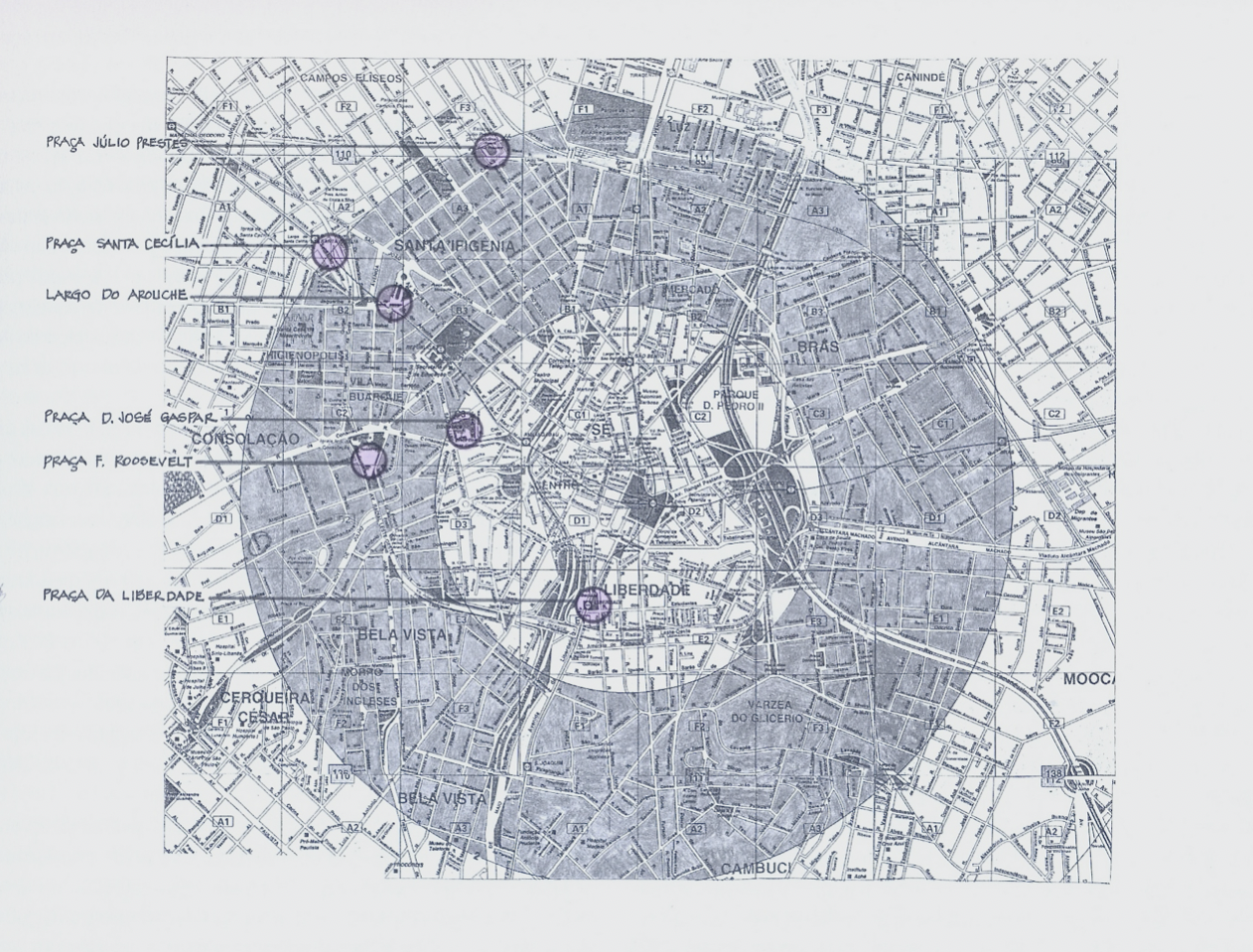
Squares, parks, and gardens in the context of urban centers directly relate to issues of public space and public life, which, in turn, inform us about accessibility and the appropriation of these tangible spaces that are intertwined with politics and culture. In Brazil, the square is characterized as a public, collective, and multifunctional space. It is an urban element that identifies and contributes to the organization of the city’s space by establishing free access and the possibility of social interaction. In “Projeto da Praça: convívio e exclusão no espaço público” (2008), Sun Alex, a Ph.D. in architecture from the Faculty of Architecture and Urbanism at the University of São Paulo (FAU-USP), analyzes six squares located in the city of São Paulo, examining the influence of American landscaping on the design of Brazilian public spaces. With clarity, he proposes alternatives for expanding usage, access, and integration with the surrounding environment.
Access the full review at Portal Vitruvius
For more public spaces
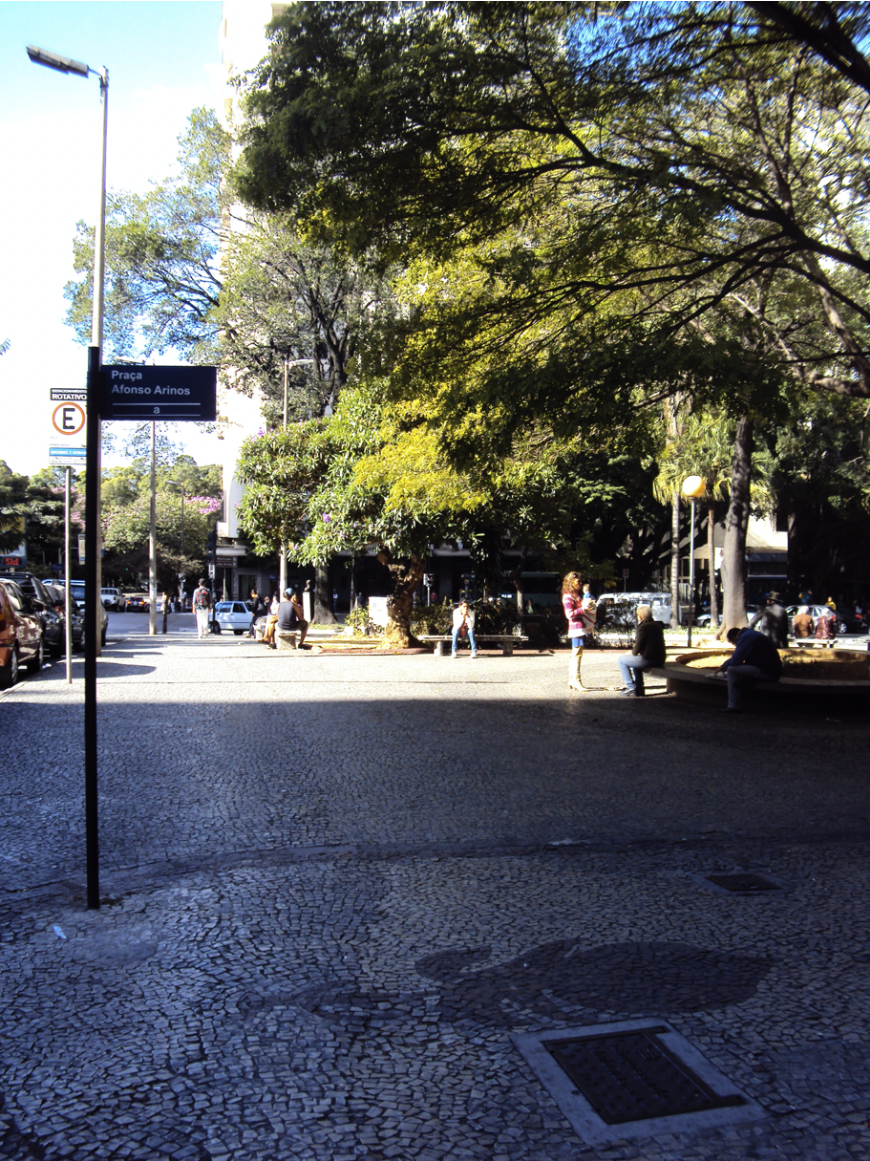
What do places mean to us as social individuals and citizens? Are plazas the void that emerges in the cityscape? Do their existence owe to monuments, gardens, seating spaces, or the meaning that society attributes to public spaces? This question resonates when we think about the public significance of city spaces, as in Belo Horizonte – the monumental capital of political, civic, and moral values of 19th-century republican Minas.
A public square is an urban element that identifies and organizes the city’s space. Its fundamental characteristic is the free access inherent in its public nature. Such a definition implies the relationship of an open space with the surrounding buildings, their marginal plans, and facades, but it is also directly defined by its use and social value. In this sense, reflecting on public spaces would be impossible without considering the relationship between urban individuals and the city.
The full text can be accessed at the Portal Vitruvius


